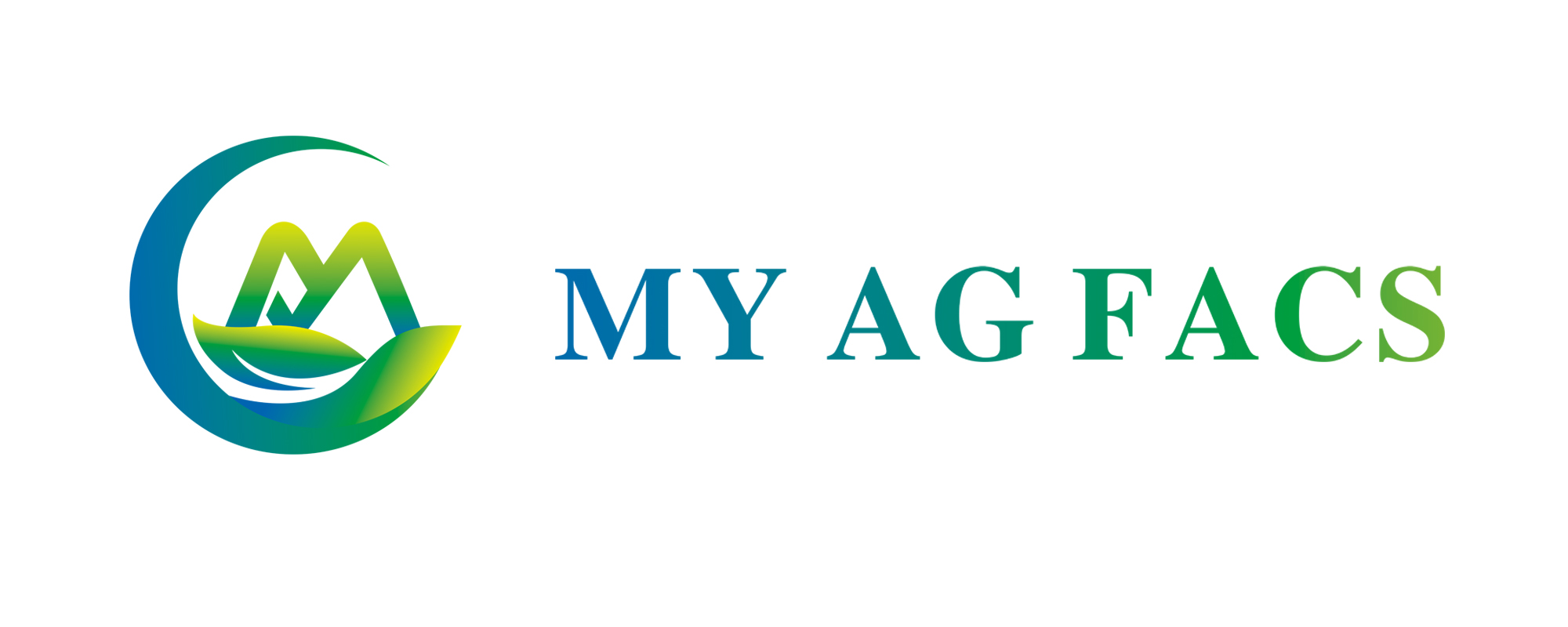
Tarpaulins, also known as tarps, are versatile and widely used for various purposes. They are durable, waterproof, and come in different sizes, making them suitable for numerous applications. However, like any product, tarps also have their pros and cons. Here are some of them:
Pros of Tarpaulins:
1. Durability: Tarps are typically made from strong materials like polyethylene or canvas, which makes them resistant to tearing and punctures. They can withstand harsh weather conditions and are designed to last for a long time.
2. Waterproof: One of the main advantages of tarps is their ability to provide reliable waterproof protection. They effectively shield objects and surfaces from rain, snow, and other forms of moisture, making them ideal for outdoor use.
3. Versatility: Tarps come in various sizes, shapes, and colors, allowing them to be used for a wide range of applications. They can be used as temporary shelters, ground covers, truck bed covers, construction site barriers, camping equipment, and much more.
4. Lightweight and Portable: Tarps are lightweight and easy to handle, making them convenient to transport and set up. They can be folded or rolled into a compact size, which makes storage and transportation hassle-free.
5. Cost-effective: Compared to other protective coverings or structures, tarps are generally more affordable. They offer a cost-effective solution for protecting equipment, materials, and surfaces from damage, reducing the need for expensive alternatives.
Cons of Tarpaulins:
1. Limited UV Protection: While tarps can provide excellent waterproofing, they often lack sufficient UV protection. Prolonged exposure to sunlight can cause tarps to degrade, fade in color, and become brittle over time.
2. Vulnerable to Wind: Tarps, especially lightweight ones, can be vulnerable to strong winds. If not secured properly, they may tear or get blown away, potentially causing damage or injury.
3. Condensation and Moisture Trapping: While tarps are designed to be waterproof, they may also trap moisture and condensation underneath, particularly in humid environments. This can lead to the growth of mold and mildew if not properly ventilated.
4. Limited Insulation: Tarps do not provide significant insulation, which means they may not be suitable for applications that require thermal regulation. They offer minimal protection against extreme temperatures, either hot or cold.
5. Environmental Impact: Some tarps are made from materials that are not environmentally friendly, such as PVC-based or non-recyclable plastics. Improper disposal or prolonged use of such tarps can contribute to waste and environmental pollution.
It's important to consider these pros and cons when deciding whether to use tarps for a specific purpose. Ultimately, the suitability of tarps depends on the intended application and the specific requirements of the situation.